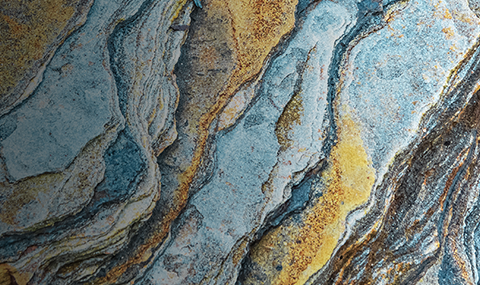Anomalous (non-Fickian) Chemical Transport
We have developed a powerful, and very general, new theory to explain "anomalous" (non-Fickian) chemical transport observed in fractured and heterogeneous porous formations. We are extending this theory, developing associated numerical models, and conducting laboratory experiments, for general applications to fractured and heterogeneous porous media.


